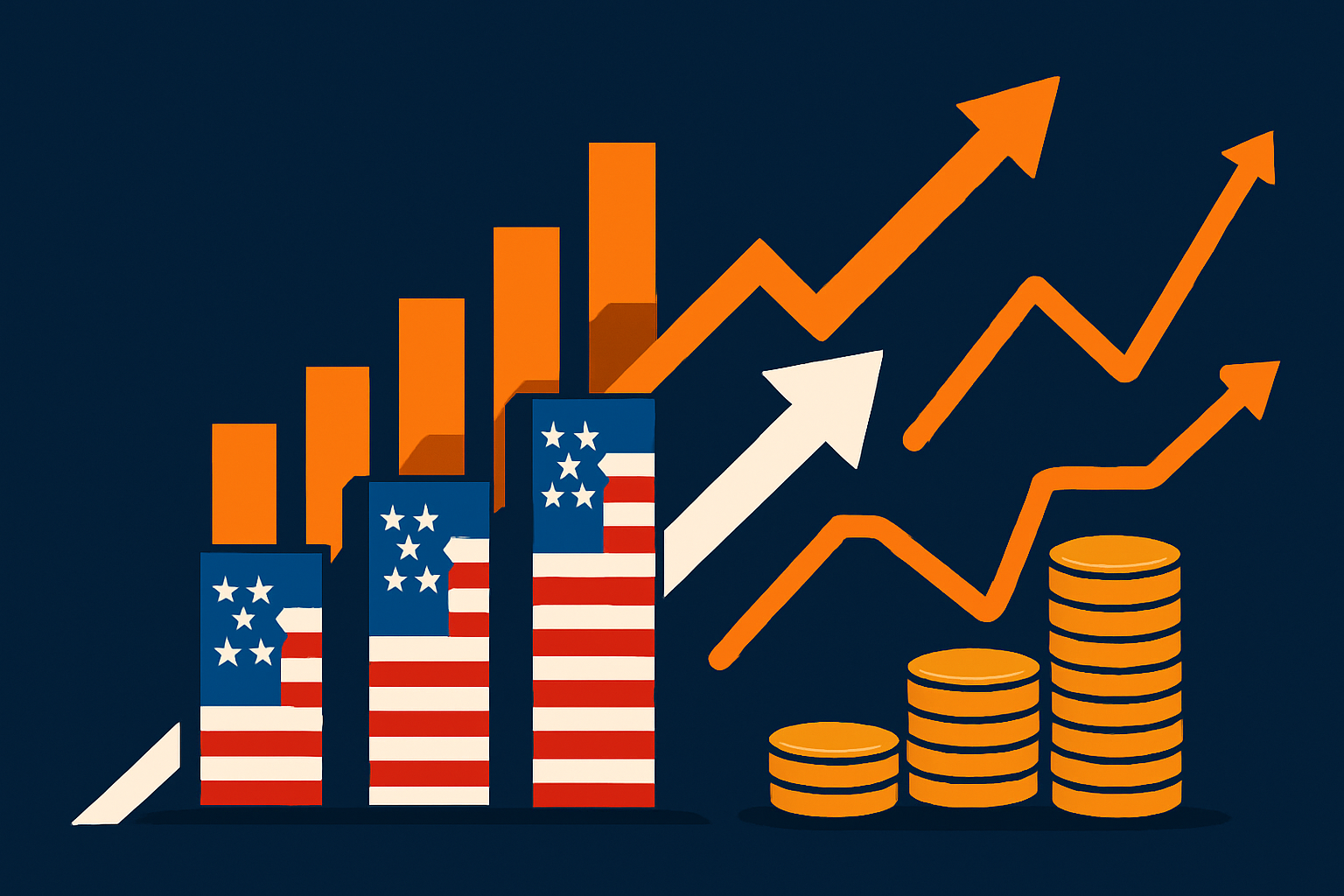Amid a volatile global backdrop, investors found a reason to cheer: U.S. stock futures soared to all-time highs early Monday following a surprise policy pivot from Canada. The Canadian government announced it will scrap its proposed digital services tax (DST)—a move previously aimed at U.S. tech giants like Apple, Amazon, and Meta—reviving hopes of broader trade cooperation across North America.
The decision, which comes just ahead of a critical July 9 trade policy deadline, was interpreted by markets as a major de-escalation in potential tariff tensions. S&P 500 and Nasdaq 100 futures surged to record levels, with tech and communication services leading pre-market gains. Investors are now recalibrating their expectations, betting on smoother cross-border business conditions and renewed momentum for tech exports and digital services.
A Welcome Signal for Global Trade Stability
Canada’s rollback of its DST proposal follows months of pressure from U.S. trade representatives and Silicon Valley lobbyists, who warned that the measure would unfairly target American firms and potentially ignite retaliatory tariffs. The tax, aimed at multinational digital companies with global revenues exceeding CAD 750 million, was scheduled to go into effect in 2025.
Instead, the Trudeau government—under rising economic pressure and a shifting geopolitical calculus—opted to pull back and seek broader OECD consensus on digital taxation. In doing so, it avoided a direct confrontation with the U.S. and signaled openness to a new phase of North American trade diplomacy.
According to Reuters, U.S. Trade Representative Katherine Tai called the move “constructive,” while Canadian Finance Minister Chrystia Freeland described it as “a commitment to fair taxation without triggering protectionist consequences.”
This shift in tone helped fuel an already bullish sentiment on Wall Street, especially among tech-heavy indices. The Nasdaq 100 futures jumped nearly 1.2% in pre-market trading, led by names like Alphabet (+1.7%), Microsoft (+1.3%), and Amazon (+1.4%).
Why This Matters for Investors
At a time when macroeconomic uncertainty—from Federal Reserve policy shifts to geopolitical friction—is weighing heavily on valuations, this development provides a rare upside surprise.
Here’s why investors are paying close attention:
- Tech sector relief: The removal of tax burdens on major U.S. tech exporters removes a risk overhang that could’ve reduced cross-border revenue streams.
- Strengthening NAFTA 2.0 ties: The USMCA (United States–Mexico–Canada Agreement) now stands on firmer ground, supporting longer-term supply chain planning and regional investment flows.
- Bullish technical signals: Futures activity suggests continued momentum in the S&P 500 and Nasdaq, both of which are on track for their strongest monthly performance since January 2024.
Analysts at JPMorgan called the Canadian pivot “a positive catalyst for high-beta growth stocks,” while Goldman Sachs noted that easing trade tensions may unlock capital expenditures that had been delayed due to policy uncertainty.
Future Trends to Watch
As the July 9 deadline for potential U.S. trade adjustments approaches, investors should monitor the following:
- White House stance: While Canada has softened its position, it remains unclear how the Biden administration will proceed with trade tariffs on other global digital economies, such as the EU and India.
- OECD digital tax framework: A multilateral agreement on digital taxation could emerge in late 2025, potentially avoiding the balkanization of tax policy across jurisdictions.
- Earnings impact: Watch Q3 earnings forecasts from major tech firms that have significant international exposure. Lower tax exposure could boost EPS projections modestly.
- Sector rotation: If trade peace continues and inflation cools, there may be a rotation back into high-growth tech from value and energy sectors.
Key Investment Insight
This development reinforces the investability of mega-cap U.S. tech firms as global digital infrastructure providers. With tax policy uncertainty temporarily lifted and trade risks easing, these companies are likely to benefit from improved margins and uninterrupted international expansion.
Investors may want to look at sector ETFs such as XLK (Technology Select Sector SPDR) or QQQ (Invesco Nasdaq 100 ETF) for broad exposure, while individual names like Meta, Amazon, and Alphabet stand to gain from this renewed trade clarity.
Stay tuned to MoneyNews.Today for real-time updates and sharp, credible analysis on the market trends that matter most to investors.





